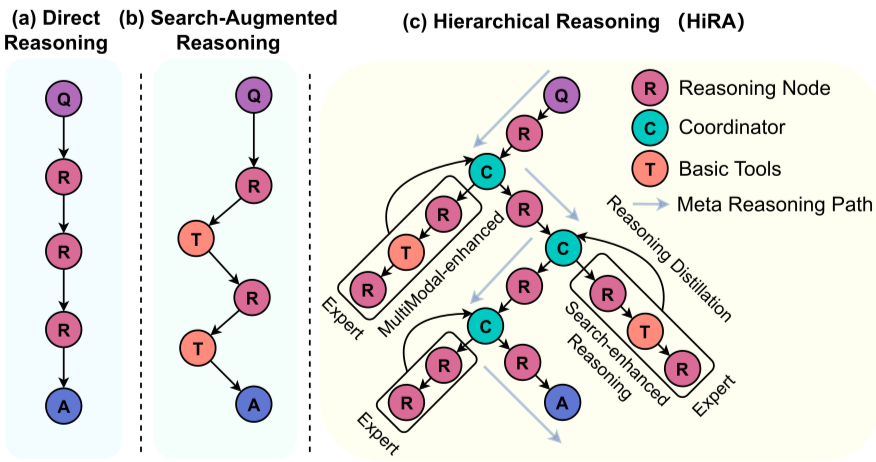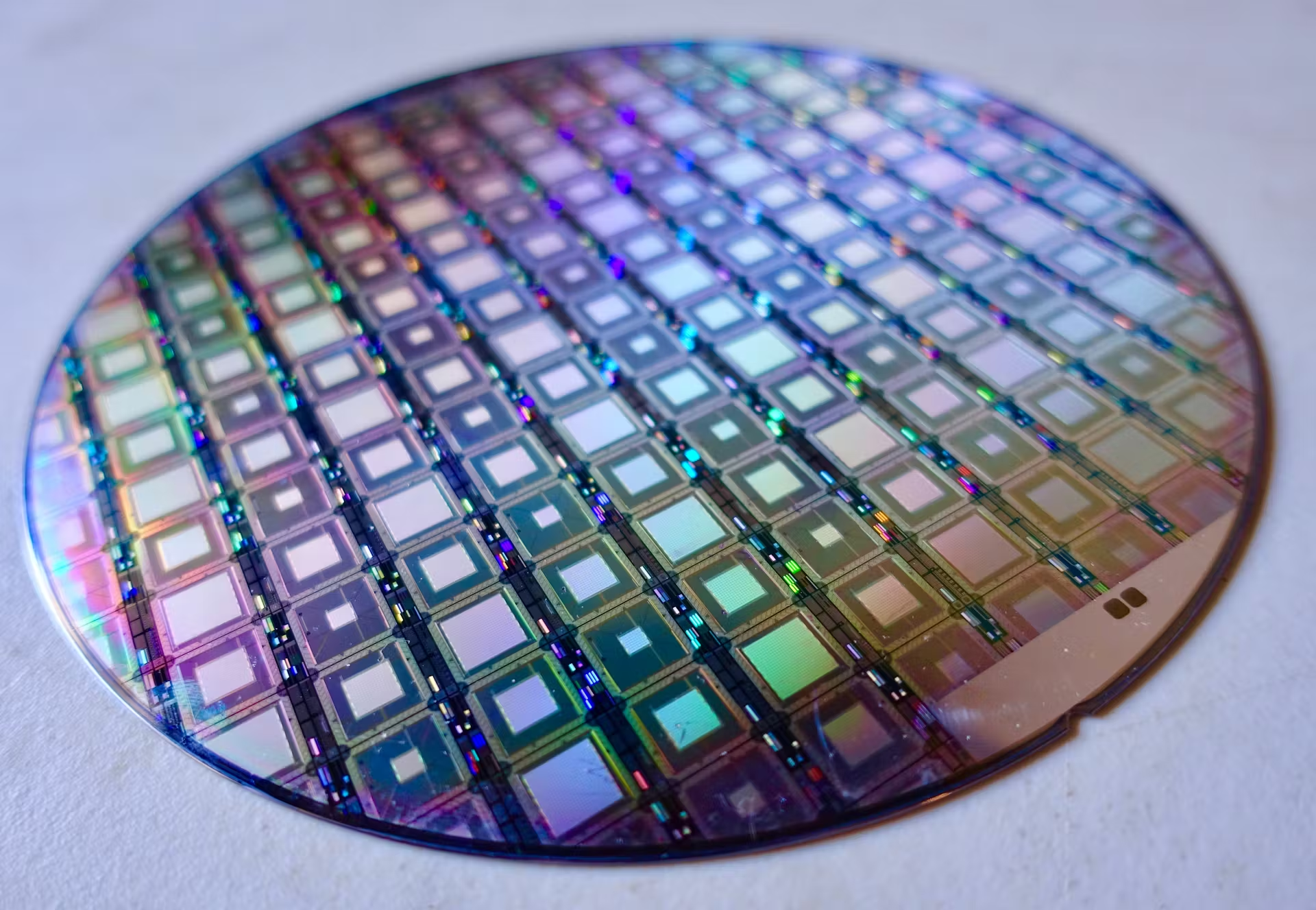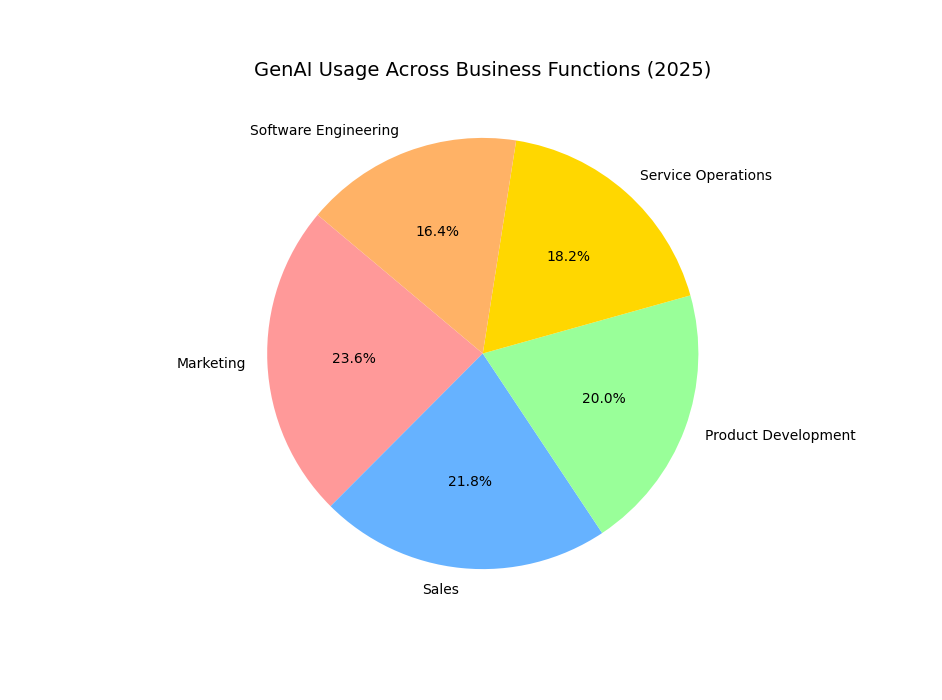What is HRM (and why we should care)
Singapore’s Sapient Intelligence introduced the Hierarchical Reasoning Model (HRM) — a 27M-parameter, brain-inspired, multi-timescale recurrent architecture trained with just 1,000 examples and no pre-training. According to the authors (arxiv.org), HRM outperforms GPT-o3-mini and Claude on the ARC-AGI benchmark, a test designed to measure genuine inductive reasoning rather than pattern replication.
The design mirrors cognitive neuroscience: the brain separates slow, global planning from fast, fine-grained execution. HRM encodes these separate timescales directly into its architecture.

Empirical Results
Sapient reports:
- ARC-AGI: HRM surpasses o3-mini-high, Claude 3.7 (8K), and DeepSeek R1 on Sapient’s internal ARC-AGI evaluations (coverage).
- Structured reasoning tasks: Near-perfect results on Sudoku-Extreme and 30×30 Maze-Hard, where chain-of-thought-dependent LLMs typically break down.
- Efficiency profile:
- ~1,000 labeled examples
- Zero pre-training
- No chain-of-thought supervision
- Single-pass inference
- Over 90% reduction in compute relative to typical LLM reasoning pipelines (ACN Newswire)
The data suggests that architectural inductive bias can outperform sheer parameter scale.
Read on → Source: Internet
Source: Internet Source: Generated by Matplotlib
Source: Generated by Matplotlib